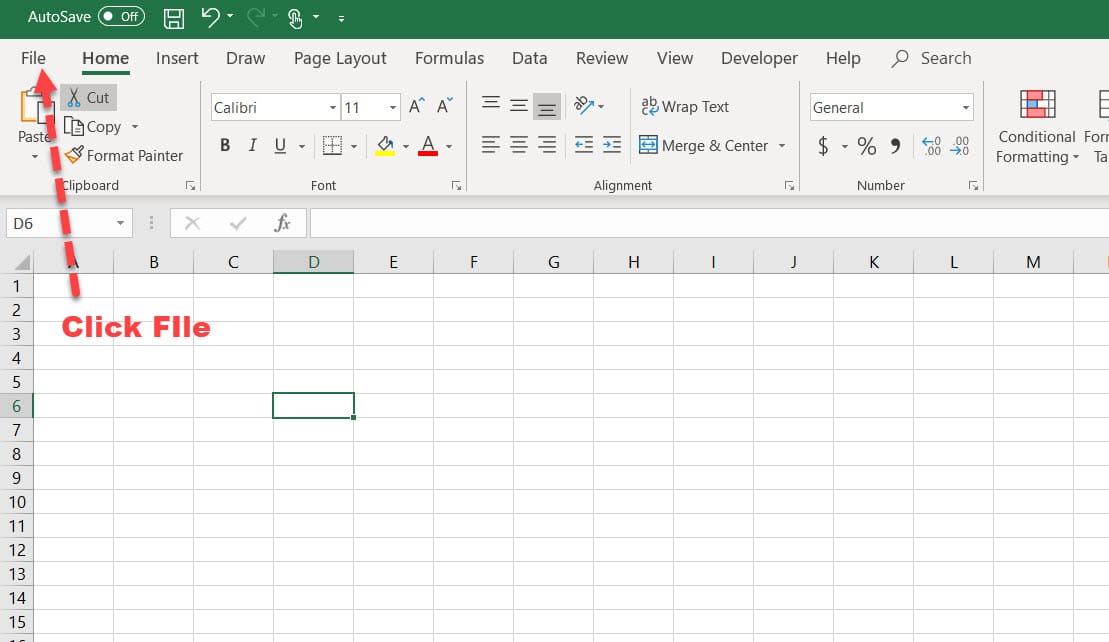5 Simple Ways to Secure Excel Sheets

Ensuring the confidentiality and integrity of data in Excel spreadsheets has become critical for business operations, personal organization, and financial management. Whether you are dealing with sensitive client information, company financials, or personal data, Excel provides robust tools to safeguard your sheets from unintended modifications or unwanted eyes. Here's how you can keep your Excel data secure with five straightforward methods.
1. Password Protection for Workbook Access

Before we delve into more specific protection, the first line of defense is restricting access to the workbook itself.
- Navigate to File > Info > Protect Workbook.
- Choose Encrypt with Password to set a password that must be entered to open the workbook.
⚠️ Note: Password protection should use a strong, unique password. Remember that losing the password can lead to permanent data inaccessibility.
2. Locking Individual Cells

You can selectively lock cells to prevent editing or viewing sensitive information:
- Select the cells or range to protect.
- Right-click and go to Format Cells, then to the Protection tab.
- Check Locked for cells you want protected.
- Finally, protect the sheet from the Review tab by selecting Protect Sheet.
🔒 Note: Protection only activates when the sheet is protected. Unprotected cells are vulnerable even if marked as locked.
3. Protecting Entire Worksheets

If you want to prevent unauthorized changes to the layout or formulas:
- From the Review tab, select Protect Sheet.
- You can choose to allow or disallow certain actions like inserting rows, sorting, or editing scenarios.
4. Restricting Access with Permissions

Excel allows you to set user permissions to limit who can edit your document:
- From File > Info > Protect Workbook > Restrict Access, you can integrate with an Information Rights Management (IRM) service to set permissions for users.
🔑 Note: IRM requires a subscription to services like Microsoft Azure Information Protection.
5. Hiding and Protecting Formulas

If your sheet contains sensitive formulas that should remain invisible:
- Select the cells with the formulas.
- Go to Home > Format > Format Cells > Protection and check Hidden to hide the formula.
- Protect the worksheet to ensure users cannot reveal these hidden formulas.
In summary, securing your Excel sheets involves understanding and implementing different layers of protection. From basic password protection to selectively locking cells, restricting permissions, and hiding formulas, Excel offers comprehensive tools to safeguard your data. Each method has its use-case, and you might find yourself employing a combination of these strategies for a well-rounded security approach.
Can I unlock cells I’ve accidentally locked in Excel?

+
Yes, you can unlock cells by unchecking the “Locked” box in the cell’s format settings, but the worksheet must be unprotected first.
What happens if I forget the password for my protected Excel workbook?

+
If you forget the password, you will lose access to the workbook permanently. There is no built-in password recovery tool for Excel.
Can I still use Excel’s sharing features if I’ve locked cells?

+
Yes, Excel allows you to share files with protected cells. Users can view but not edit the locked areas.
Are there any limitations to password protecting an Excel file?

+
Password protection in Excel encrypts the file, but it does not offer protection against complex hacking attempts or access by Microsoft themselves for forensic purposes.



